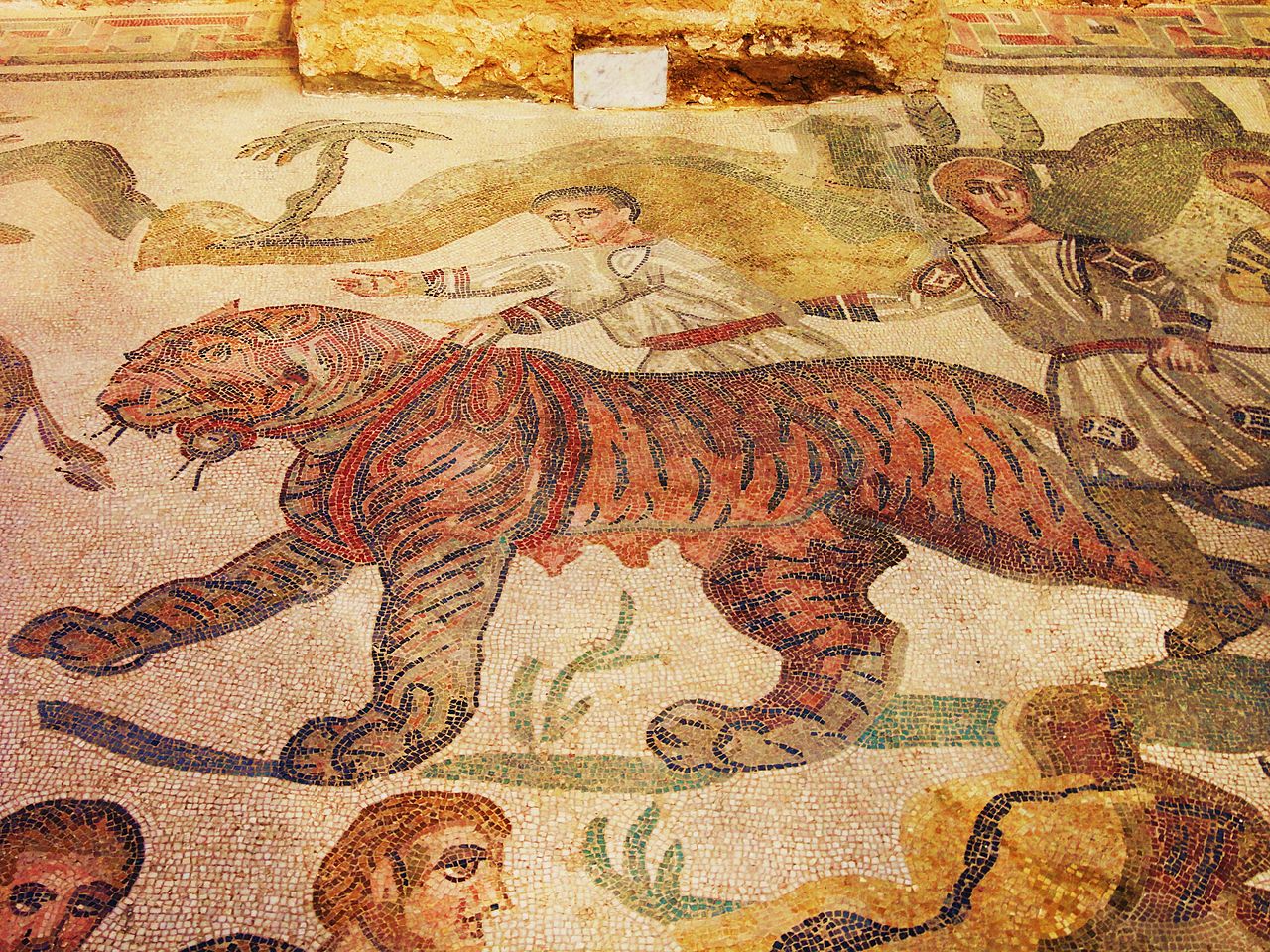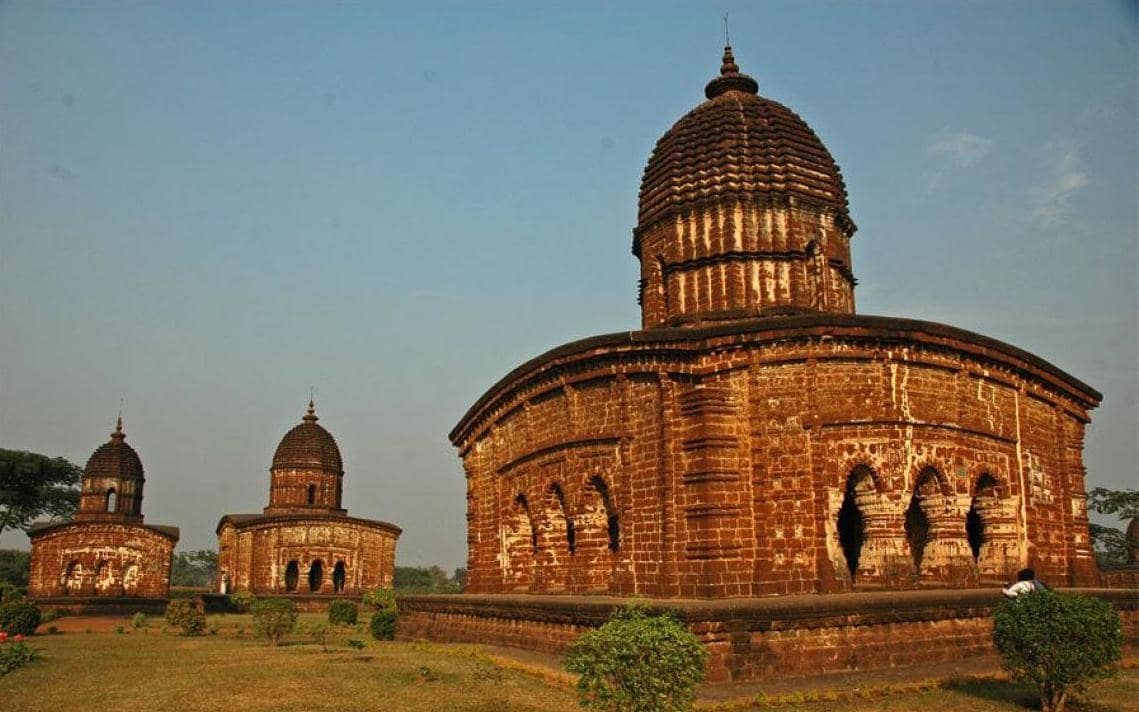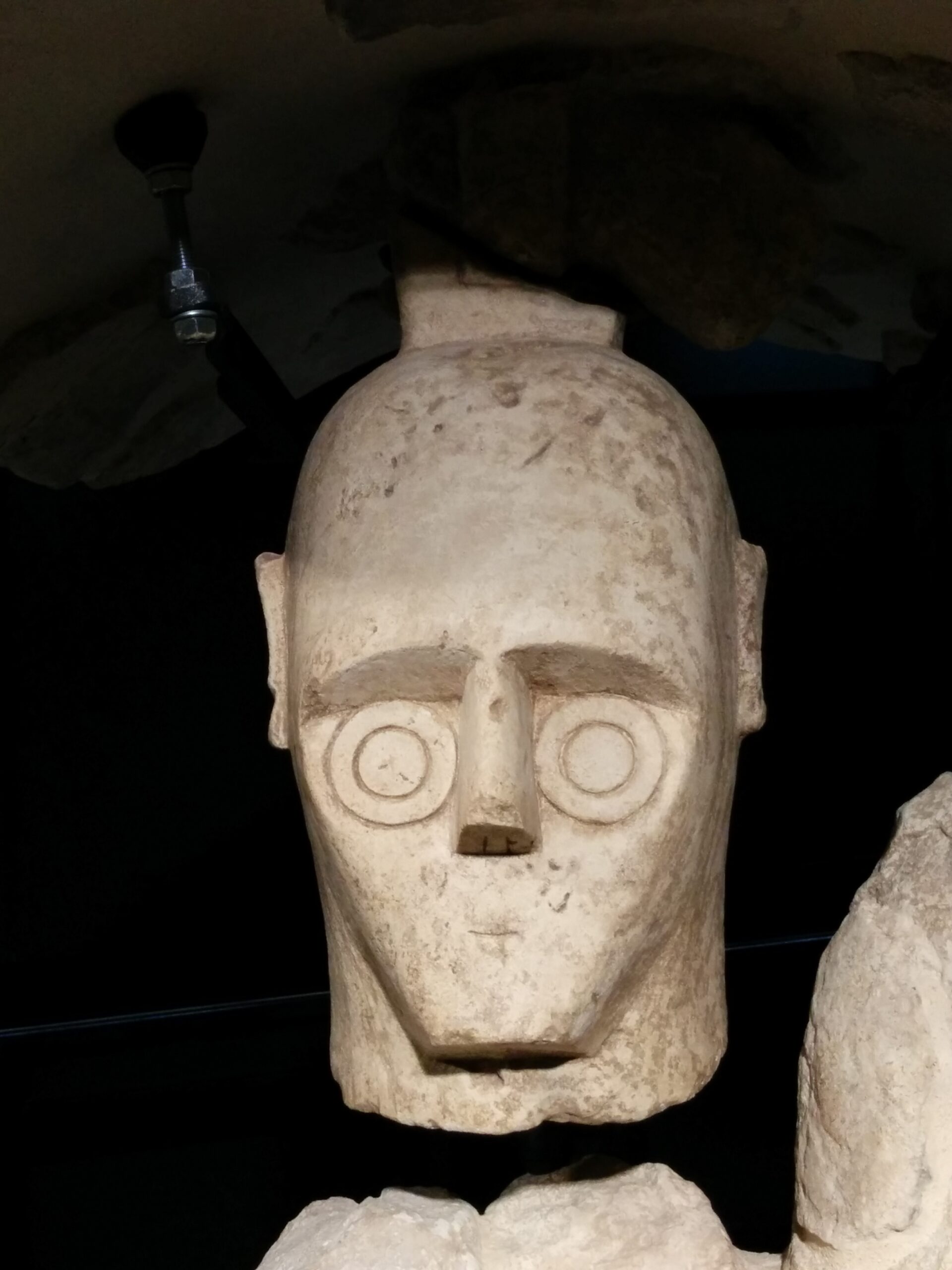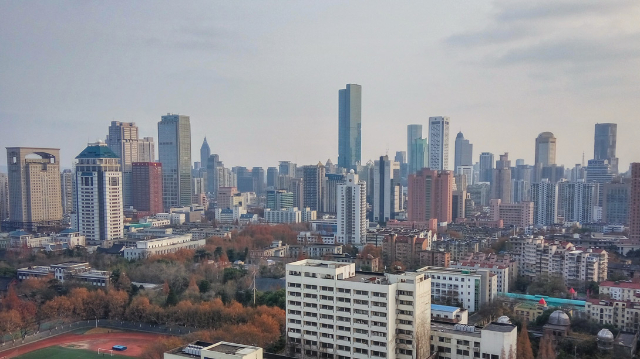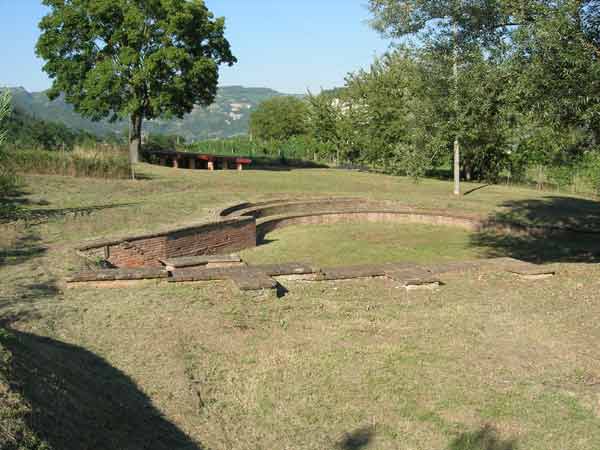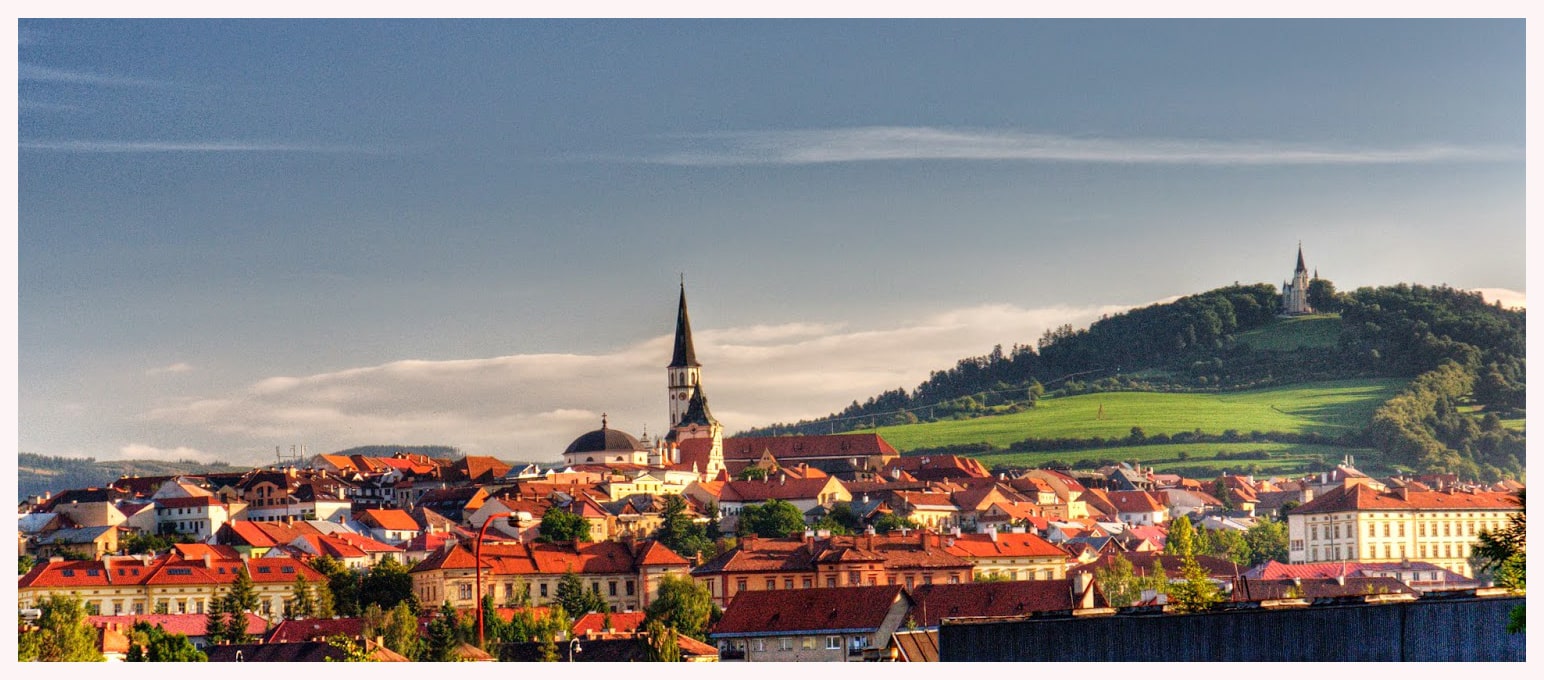Many Roman villas, private residences, as well as public buildings, were lavishly decorated with mosaic floors. Mosaics served as a symbol of wealth and status, and many powerful and wealthy Romans commissioned them to impress their guests, choosing themes that reflected their status. Some depicted scenes from everyday life, such as athletics playing and ladies bathing. Others were full of drama and violence—gladiator fights, hunts and exotic creatures from mythological episodes. Like any work of art, floor mosaics are an invaluable record of ancient Roman life—the clothes they wore, the food they ate, the tools they used, the sports they played.
One of the most richest, largest and varied collection of Roman mosaics in situ are found at the Villa Romana del Casale, situated about 3 km from the town of Piazza Armerina, in Sicily.The Villa Romana del Casale (trans. Roman Country Villa) in Piazza Armerina is considered to be one of the most important exemplars of an official governmental residence, attributed to the elaboration and exceptional beauty of its architectonic and decorative elements. Dated back to 320-350 A.D., the villa most likely belonged to a member of Rome’s senatorial class, probably a governor of the Eternal City itself (Praefectus Urbi). However, some scholars would maintain that the villa was built and eventually expanded upon the official commission of an Imperial functionary of a rather high order; they have identified this person to be Maximian, a Tetrarch (one of four co-Emperors) of Diocletian.
Archaeologists undertook an important excavation project in the mid-18th Century, bringing to light 37,674 sq ft of mosaic flooring – figurative and geometric – along with wall mosaics, columns, statues, capitals and coins. The theme of the mosaics? They are essentially, in part, paeans to the homeowner himself, and they are done, one might add, with a certain profundity and eloquence. Moreover, much of the house exhibits a definite influence from North African art styles, leading diggers and academics to believe that some of the construction workers from the African Continent.
In the mosaics, the viewer can detect varying styles and narrative cycles: one is dedicated to mythology and to Homeric poems, while another refers to nature and scenes from the Roman aristocracy’s quotidian life.
Four distinct zones have been identified from the villa’s remains: the monumental entrance with courtyard in horseshoe form; the villa’s center, built around another courtyard garden; a large room with three apses (trichora), preceded by an oval peristyle lined by several large niches; and the thermal baths complex.
Years-long restoration works centered around the mosaics and murals concluded only recently, in December 2012.
